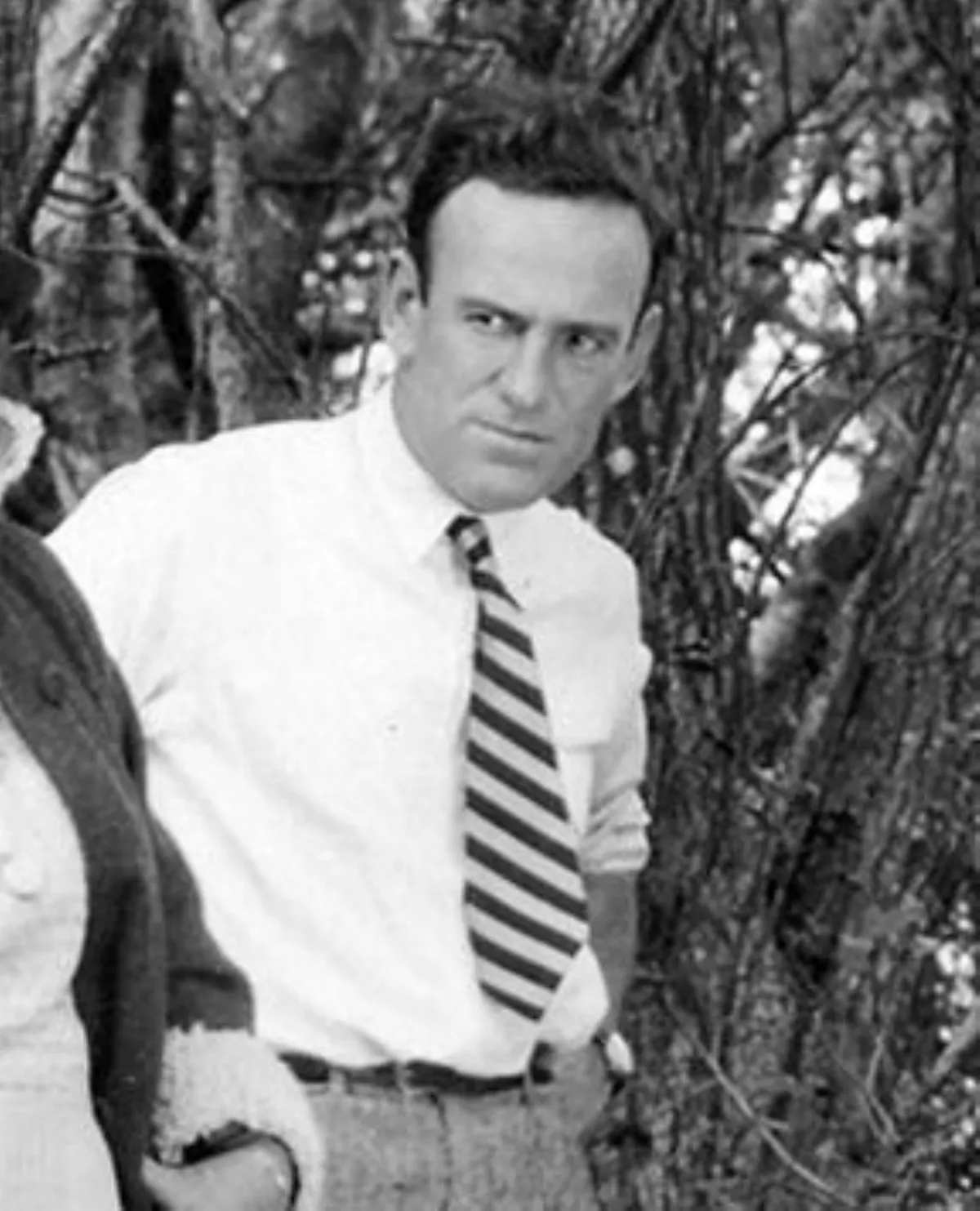 1.
1. Samuel Grosvenor Wood was an American film director and producer who is best known for having directed such Hollywood hits as A Night at the Opera, A Day at the Races, Goodbye, Mr Chips, The Pride of the Yankees, and For Whom the Bell Tolls and for his uncredited work directing parts of Gone with the Wind.